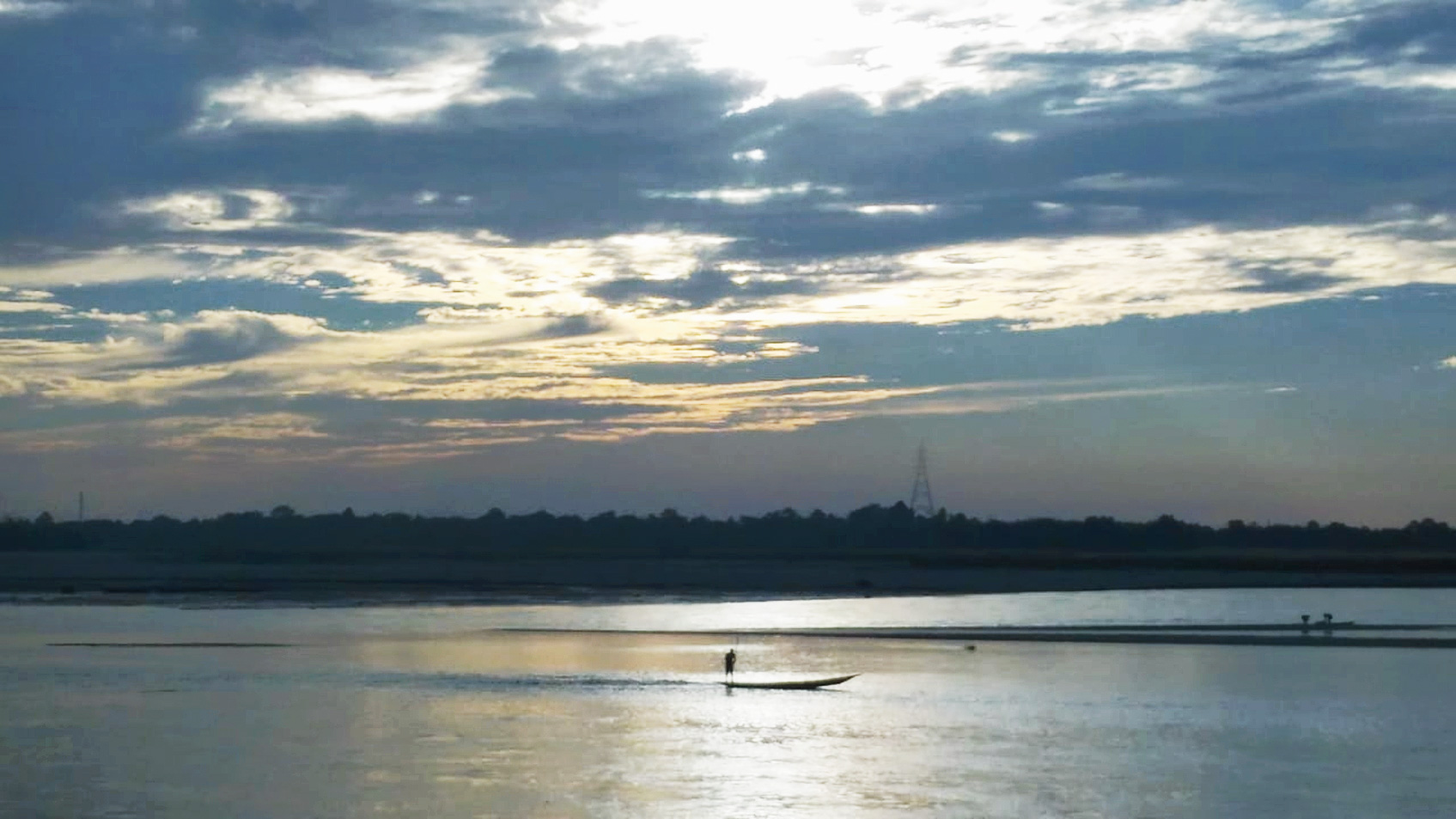India and Bhutan have agreed to work towards an integrated river basin management plan for the transboundary Manas river which flows from Bhutan to Assam.
US-based Global Environment Facility (GEF) has cleared the concept for the Manas integrated river management project and both the countries now have to prepare the proposal.
The Manas river basin is the largest in Bhutan, flowing north to south for 272km (169 miles) in Bhutan and 104km (65 miles) in Assam before joining the Brahmaputra and eventually joining the Bay of Bengal. Originating at over 7,500m (24,600ft) in the glacial systems of the Himalayan range to near sea-level. The river system services an extremely rich diversity of ecosystems and key wildlife including tigers and elephants, and two critical national parks in Bhutan — the Royal Manas National Park (108,370 hectares) and the Manas wildlife sanctuary (391,000 hectares), which is also a recognised Unesco World Heritage Site.
The overall catchment spans 41,350 sq. km, both in eastern Bhutan and Northeast India.
Sources said the project has been initiated by the WWF under international waters focal area and will involve a number of departments from both countries, the ones in Assam being the water resources department, Bodoland Territorial Council, central water commission, Assam State Disaster Management Authority and others. In India, the focal point would be the Union ministry of environment and climate change.
“This initiative represents a first joint attempt to address increasing trans-boundary flood risk to livelihoods, food security, life, property, and infrastructure in the rapidly changing Eastern Himalayas, particularly in Assam. The project aims to build trust and confidence in bi-national basin cooperation between India and Bhutan toward shared visions for priority strategic actions, test pilot sub-basin measures and policies to reduce the cross border risks and increase resilience of communities and ecosystems, and share knowledge. It will also pilot ecosystem-based approaches including watershed treatment, sediment management, community-based adaptation and flood early warning systems among other solutions identified,” Suresh Babu, director, water policy and river basins of WWF India, told The Telegraph.
He said the concept has already been approved in the GEF council meeting. The $8.9 million is an in-principle approval subject to the submission of a a detailed joint proposal by the two countries. “At the moment in India, discussions with different stakeholders at national, state and local level are ongoing regarding a coordination mechanism to oversee and guide the detailed project proposal. Similar discussions are also ongoing in Bhutan. It is hoped that in the next couple of months a high-level bi-lateral meeting is expected to take place to discuss the coordination mechanism and to initiate the detailed project proposal preparations,” he said.
The project document says the biologically diverse cross- border and downstream protected areas are also under severe threat of degradation from more frequent flooding. In fact, the Bhutan and India national parks straddling Manas suffered severe damage in the 2016 floods with action needed to prevent catastrophic damage to the biological diversity and habitat as well as life and property downstream in Assam.
It says despite a strong record of bilateral cooperation, none of the current cooperative mechanisms between the two governments is in direct support of transboundary Manas river basin. Instead, a mosaic of piecemeal agreements, dialogues, and committees manage some aspects of the Manas.
There are no mechanisms in place to facilitate cooperation or joint-management specifically for an integrated management of the Manas river basin.










